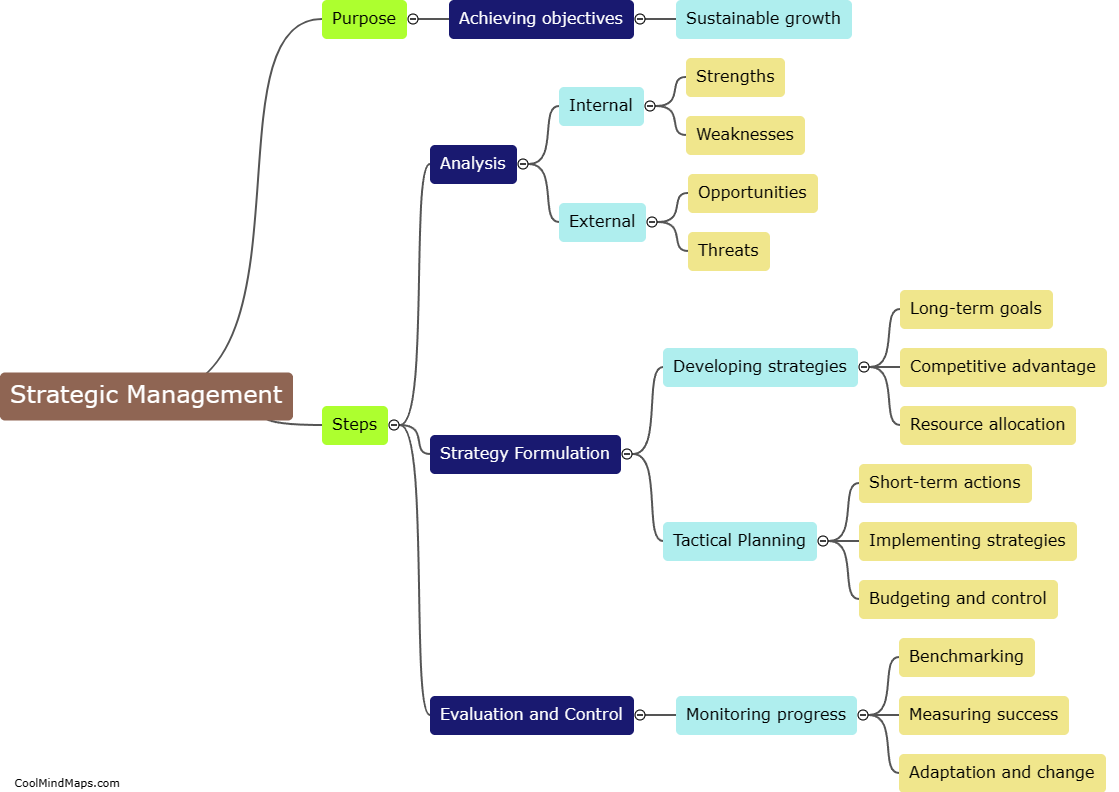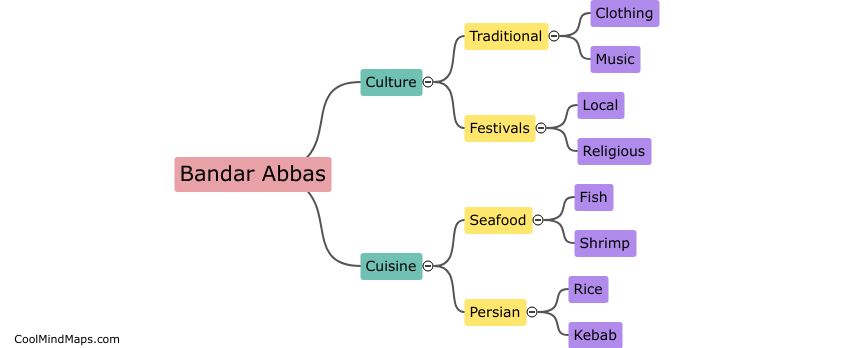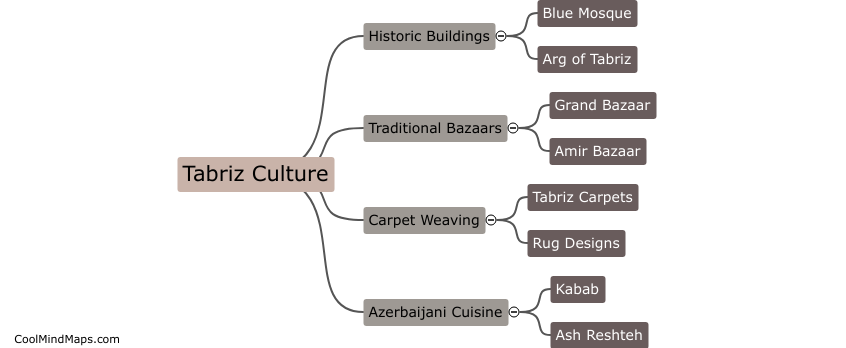Which sociological trends have influenced architecture in Iran?
In Iran, several sociological trends have influenced the architecture of the country. One prominent trend is the rise of urbanization and population growth, which has led to a demand for more housing and infrastructure. This has resulted in the development of high-rise buildings and modern architectural designs to accommodate the growing population. Additionally, the Islamic Revolution in 1979 brought about a shift towards more traditional and Islamic-inspired architectural styles, such as the use of domes, arches, and intricate tile work in buildings. Furthermore, economic factors have also played a role in shaping Iranian architecture, with a focus on cost-effective and sustainable building materials and techniques. Overall, these sociological trends have had a significant impact on the architectural landscape of Iran, blending modern and traditional influences to create unique and diverse structures.

This mind map was published on 8 October 2024 and has been viewed 48 times.











